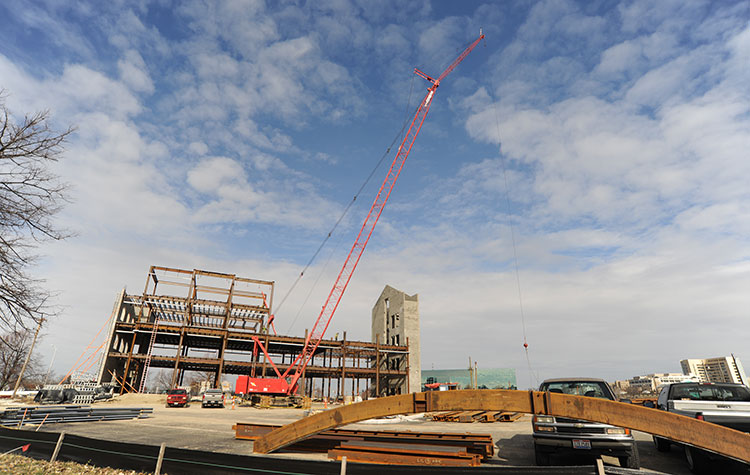Viscoelastic Contact Characteristics of Soil-Geomembrane Interfaces
Document Type
Conference Paper
Publication Date
3-2011
Publication Source
Geo-Frontiers 2011: Advances in Geotechnical Engineering
Abstract
The soil—geomembrane interface friction is relatively weak, potentially forming the critical failure (i.e., slip) planes and governing the design in structures where the geomembranes are used. Therefore, it is very important to capture the soil—geomembrane interaction at the interface and accurately obtain the interface strength properties. Interface strength properties depend on the contact area and stress at the interface. The materials, such as polyethylene, used in geomembranes exhibit a viscoelastic response to load in the form of material creep and stress relaxation. Considering that all the projects have a design life, the geomembranes will have viscoelastic response and show creep to the loads applied during their service life. It is necessary to understand and quantify the effect of time on soil—geomembrane contact surfaces and shear mechanisms. This paper presents a new theoretical model which incorporates the viscoelastic nature of geomembranes in determining the time-dependent contact areas at the soil and geomembrane interfaces.
Inclusive pages
2092-2100
ISBN/ISSN
9780784411650
Copyright
Copyright © 2011, American Society of Civil Engineers
Publisher
American Society of Civil Engineers
Place of Publication
Dallas, TX
Peer Reviewed
yes
eCommons Citation
Bilgin, Ömer, "Viscoelastic Contact Characteristics of Soil-Geomembrane Interfaces" (2011). Civil and Environmental Engineering and Engineering Mechanics Faculty Publications. 49.
https://ecommons.udayton.edu/cee_fac_pub/49
COinS




Comments
Permission documentation is on file.